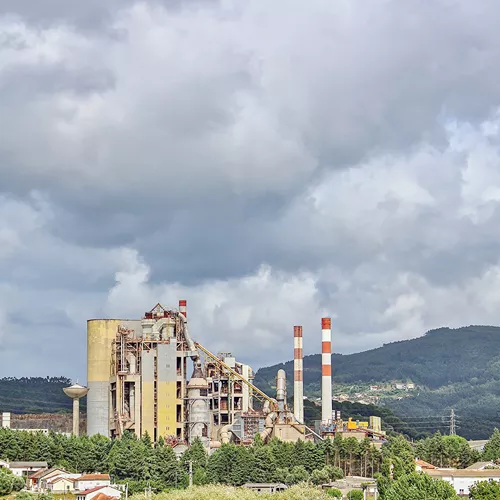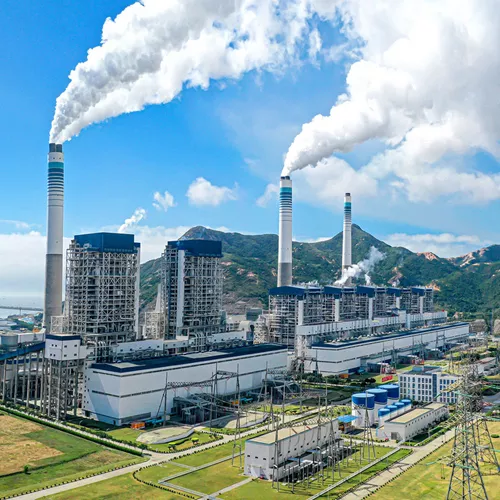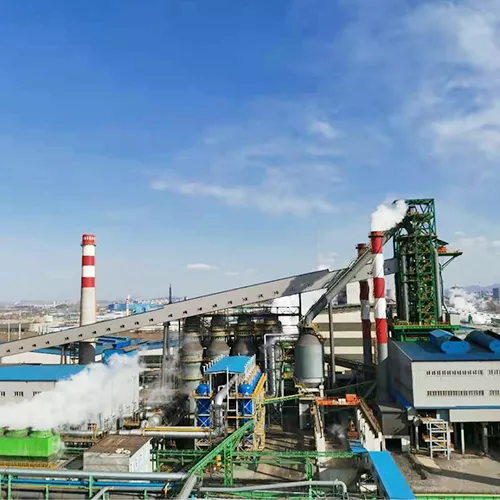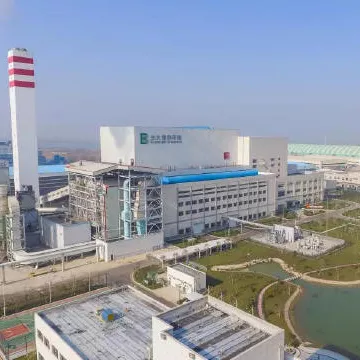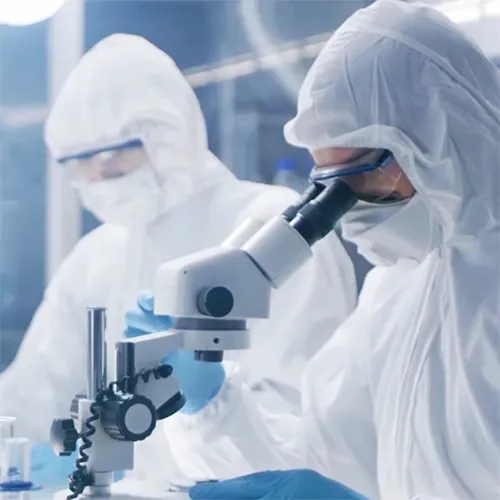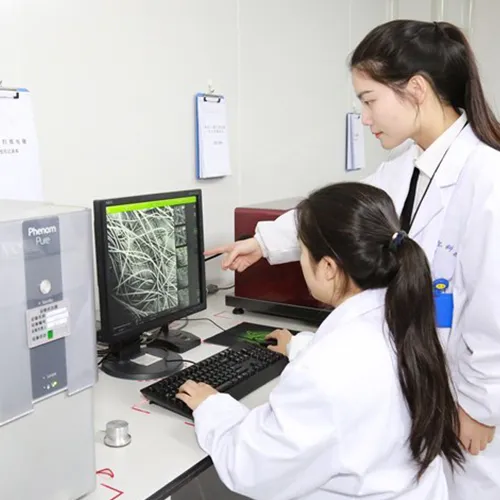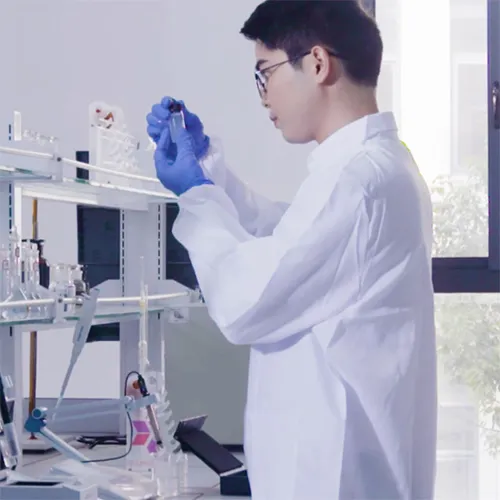So verbessern Sie den Denitrifikationskatalysator: Der Schlüssel für Unternehmen zur Erreichung niedriger Emissionen
Da die Umweltschutzrichtlinien immer strenger werden, spielen Denitrifikationskatalysatoren als wichtige Technologie zur Kontrolle der Stickoxidemissionen (NOx) eine zentrale Rolle im industriellen Bereich. Für Unternehmen hat die wissenschaftlich fundierte Auswahl und regelmäßige Aktualisierung von Denitrifikationskatalysatoren nicht nur Auswirkungen auf die Einhaltung von Umweltvorschriften, sondern steht auch in direktem Zusammenhang mit der Betriebseffizienz und Kostenkontrolle.
1. Umweltschutzbestimmungen veranlassen Unternehmen zur Optimierung der Denitrifikationstechnologie
In den letzten Jahren ist die Luftreinhaltung in eine kritische Phase eingetreten. Da Stickoxide eine der Hauptverschmutzungsquellen sind, wurden die Emissionsstandards kontinuierlich verbessert. Die Hauptaufgabe von Denitrifikationskatalysatoren besteht darin, NOx effizient umzuwandeln und Unternehmen dabei zu helfen, die neuesten Umweltschutzanforderungen zu erfüllen.
Fallanalyse: Nachdem ein Wärmekraftwerk einen neuen Typ eines Waben-Entstickungskatalysators eingeführt hatte, stieg die Entstickungseffizienz von 851 TP3T auf über 921 TP3T und bestand problemlos die örtliche Umweltschutzinspektion. Durch diese Technologieverbesserung konnte das Unternehmen nicht nur hohe Geldstrafen vermeiden, sondern auch seinen Ruf auf dem Markt deutlich verbessern.
Vorschlag: Unternehmen sollten hocheffizienten Katalysatoren den Vorzug geben, die den Richtlinienstandards entsprechen, und die Parameter des Denitrifikationssystems entsprechend den tatsächlichen Arbeitsbedingungen anpassen, um eine kontinuierliche Einhaltung zu gewährleisten.
2. Die tiefgreifenden Auswirkungen von Aktualisierung und Auswahl auf die Kosten
Die Investition in Entstickungskatalysatoren umfasst mehrere Kosten wie Anschaffung, Betrieb und Wartung. Obwohl hochwertige Katalysatoren einen höheren Stückpreis haben, können sie die Behandlungskosten pro Einheit durch längere Lebensdauer und höhere Effizienz effektiv senken.
Betriebskosten sparen: Hocheffiziente Katalysatoren können die Einspritzmenge von Ammoniak oder Harnstoff reduzieren und gleichzeitig den Gerätewiderstand und den Stromverbrauch senken.
Verlängern Sie den Wartungszyklus: Katalysatoren mit stabiler Leistung verringern die Wahrscheinlichkeit von Verstopfungen und Ausfällen und reduzieren die Häufigkeit der Reinigung und die Kosten für den Austausch.
Echte Vorteile: Ein Chemieunternehmen senkte seine Betriebskosten um 151 TP3T und verringerte die Anlagenausfallzeiten um 301 TP3T pro Jahr durch den Austausch schwefelbeständiger Denitrifikationskatalysatoren.
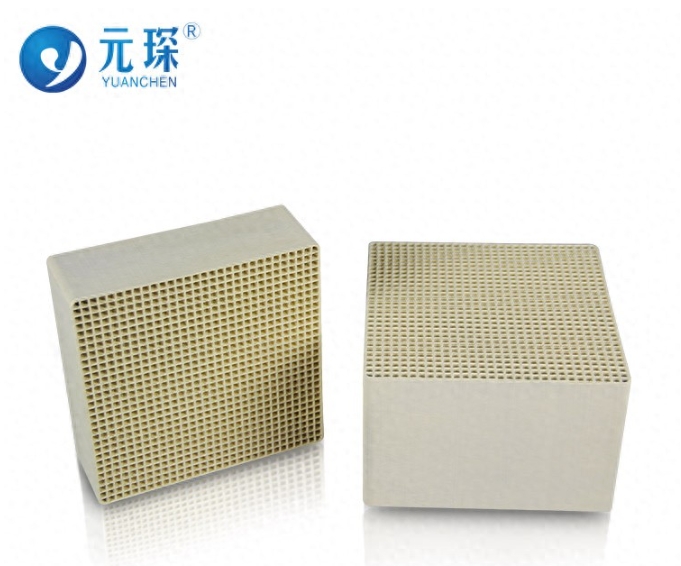
3. Die Auswirkungen der Leistungsoptimierung auf die Anlagen- und Produktionseffizienz
Hochwertige Katalysatoren können nicht nur die Entstickungseffizienz verbessern, sondern auch die Stabilität des Gerätebetriebs gewährleisten. Alte oder ineffiziente Katalysatoren erhöhen den Systemdruckabfall, verringern die Kesseleffizienz und können sogar Geräteschäden verursachen.
Die entscheidende Rolle der Materialauswahl: Beispielsweise neigen herkömmliche Katalysatoren unter Rauchgasbedingungen mit hohem Schwefelgehalt zu Ausfällen aufgrund von Sulfatablagerungen, während mit Titan oder V2O5 (Vanadiumpentoxid) modifizierte Katalysatoren eine stärkere Schwefelbeständigkeit aufweisen.
Unternehmen müssen hochanpassungsfähige Katalysatoren auswählen, um die Lebensdauer der Geräte entsprechend der Rauchgaszusammensetzung und den Geräteeigenschaften zu verlängern.
4. Umweltfreundlichere Lösungen steigern die Wettbewerbsfähigkeit von Unternehmen
Die Einhaltung des Umweltschutzes ist nicht nur eine gesetzliche Anforderung, sondern auch eine wichtige Eintrittskarte für Unternehmen in den grünen Markt. Technologisch fortschrittliche Unternehmen erhalten eher politische Unterstützung und die Gunst der Kunden.
Vorteile: Ein exportorientiertes Unternehmen hat durch die Einführung einer umweltfreundlicheren Denitrifikationstechnologie eine größere Anerkennung der Kunden auf dem internationalen Markt erlangt und gleichzeitig von den Steuervorteilen der Umweltschutzrichtlinien für den Export profitiert.
5. Wissenschaftliche Strategien zur Unternehmensauswahl und -aktualisierung
Bei der Auswahl und Aktualisierung von Denitrifikationskatalysatoren müssen Unternehmen die folgenden Punkte umfassend berücksichtigen:
Arbeitsumgebung: Arbeitsbedingungen wie Temperatur, Luftfeuchtigkeit und Staubkonzentration bestimmen die Leistung von Katalysatoren.
Leistung und Lebensdauer: Die Wahl effizienter und langlebiger Katalysatoren ist auf lange Sicht wirtschaftlicher.
Lieferantenunterstützung: Hochwertige Lieferanten bieten maßgeschneiderte technische Lösungen und perfekten After-Sales-Service, um die Versuch-und-Irrtum-Kosten zu senken.
Fazit: Grüne Entwicklung hilft Unternehmen, in die Zukunft zu gehen
Die Aktualisierung und Auswahl von Denitrifikationskatalysatoren ist ein wichtiger Bestandteil der Umweltschutzstrategie von Unternehmen. Durch wissenschaftliche Planung und technologische Modernisierung können Unternehmen nicht nur ihre Betriebskosten senken, sondern auch ihr Umweltimage und ihre Wettbewerbsfähigkeit auf dem Markt verbessern. Auf dem Weg des zukünftigen Umweltschutzes werden die Beherrschung von Kerntechnologien und die Auswahl hochwertiger Katalysatoren der Schlüssel zur Erreichung einer nachhaltigen Entwicklung für Unternehmen sein.






